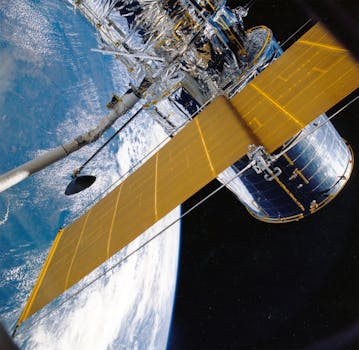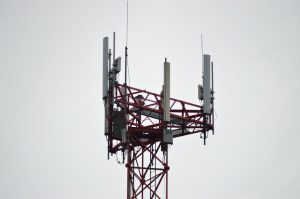
The Future of Satellites: Revolutionizing Global Connectivity
The future of satellites is a highly anticipated and rapidly evolving field, with significant advancements in technology and increasing demand for global connectivity. As we look to the future, it’s clear that satellites will play a vital role in shaping the world’s communication, navigation, and exploration capabilities. Future of satellites is an exciting and dynamic field that is expected to experience significant growth and innovation in the coming years.
Introduction to Satellites
Satellites have been a crucial part of modern technology for decades, providing a wide range of services including television broadcasting, telecommunications, weather forecasting, and navigation. With the increasing demand for global connectivity, the satellite industry is experiencing a significant surge in growth, driven by advancements in technology and the need for more efficient and cost-effective solutions. The future of satellites is expected to be shaped by several key factors, including the development of new technologies, the increasing demand for satellite-based services, and the growing need for global connectivity.
Advancements in Satellite Technology
One of the most significant advancements in satellite technology is the development of smaller, more efficient satellites. These satellites, known as smallsats or cubesats, are designed to be smaller, lighter, and more cost-effective than traditional satellites. They are also more agile and can be launched into space more quickly, making them an attractive option for a wide range of applications. Another key advancement is the development of reusable rockets, which are capable of launching satellites into space and then returning to Earth, reducing the cost of access to space. The future of satellites will likely be shaped by these advancements, as well as the development of new technologies such as satellite constellations and the Internet of Things (IoT).
Applications of Satellites
Satellites have a wide range of applications, including television broadcasting, telecommunications, weather forecasting, and navigation. They are also used for Earth observation, providing valuable data on the health of our planet and helping us to better understand the impacts of climate change. In addition, satellites are used for scientific research, enabling scientists to study the universe and make new discoveries. The future of satellites will likely see an expansion of these applications, as well as the development of new ones, such as satellite-based internet and IoT services.
Challenges and Opportunities
Despite the many opportunities presented by the future of satellites, there are also several challenges that must be addressed. One of the most significant challenges is the growing problem of space debris, which poses a significant threat to the safety and sustainability of space-based activities. Another challenge is the need for more efficient and cost-effective solutions, as the demand for satellite-based services continues to grow. However, these challenges also present opportunities for innovation and growth, and the future of satellites is likely to be shaped by the development of new technologies and solutions that address these challenges.



